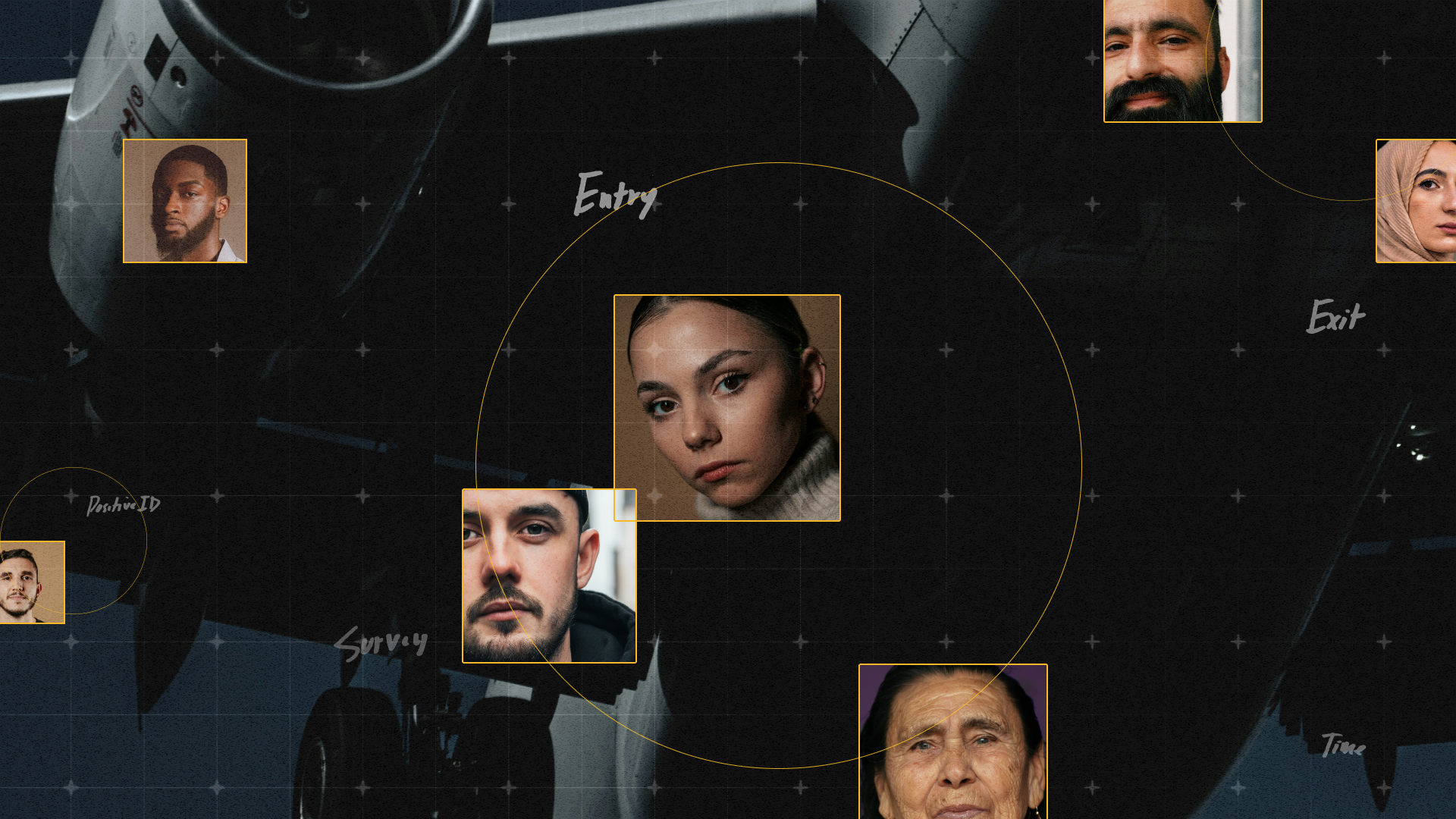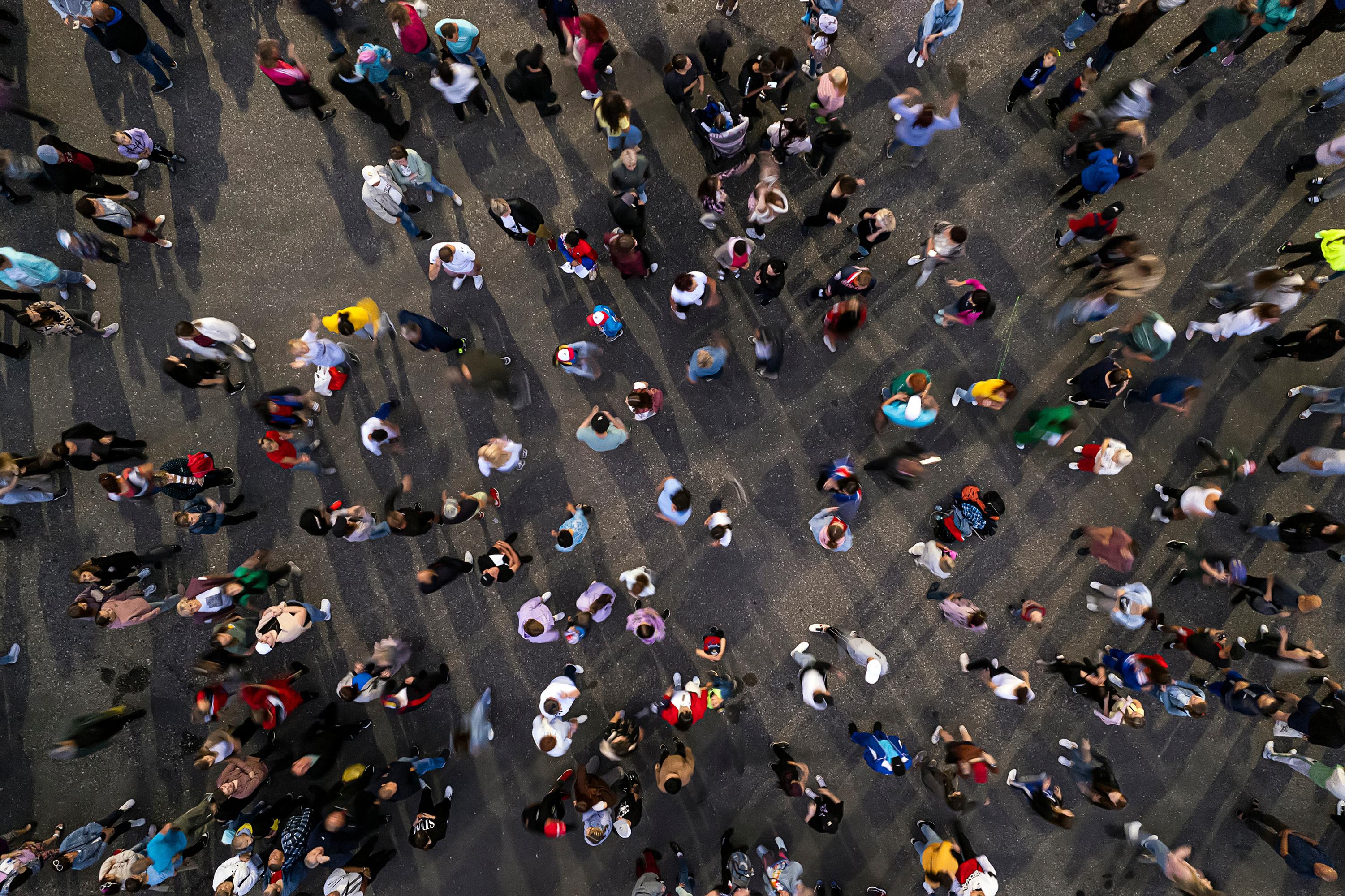
.svg)
The United States will soon require photographs of every traveler entering and leaving the country who is not a U.S. citizen, under a new Department of Homeland Security (DHS) rule expanding biometric data collection at airports, land borders, and seaports.
According to the filing published in the Federal Register on Friday, U.S. Customs and Border Protection (CBP) will begin implementing the rule on December 26, 2025, using facial recognition to verify traveler identities and detect fraudulent documents.
The change applies to green card holders, visa holders, and international travelers. CBP officials say the system will improve the government’s ability to track visa overstays and strengthen national security.
“Implementing an integrated biometric entry-exit system helps address national security concerns arising from the threat of terrorism and the fraudulent use of legitimate travel documentation,” CBP wrote in its filing.
{{newsletter-component}}
What’s Changing
CBP already collects fingerprints and photographs from most foreign travelers entering the U.S., and many airports use facial recognition for arrivals through the “Simplified Arrival” program.
What’s new under this rule:
- Photos at departure: All travelers without U.S. citizenship will be photographed when leaving the country.
- Expanded age range: CBP will be allowed to collect facial data from children under 14 and adults over 79, groups previously exempt.
- Integrated databases: CBP will link images from travel documents with live photos captured at entry and exit points to confirm identity matches.
CBP expects to roll out the system at all major airports and seaports within three to five years.
Why It Matters
The rule is part of the Trump administration’s broader push to tighten immigration and border enforcement using technology and data. DHS has also sought increased access to information from the IRS and Social Security Administration.
For immigrants and long-term residents, this rule means expanded federal tracking of international travel, even for those living in the U.S. legally.
What Happens Next
The rule will take effect on December 26, 2025. CBP expects a phased rollout over several years, beginning with airports and later expanding to land and sea ports.
{{cta-component-horizontal-aligned}}
.png)
Easy. Online. Immigration.
Take our short visa planning quiz to get started.
Easy. Online. Immigration.
Take our short visa planning quiz to get started.
.png)
.png)








.svg)
.avif)